Bringing Back The American Eel
“To stand at the edge of the sea, to sense the ebb and flow of the tides, to feel the breath of a mist moving over a great salt marsh, to watch the flight of shore birds that have swept up and down the surf lines of the continents for untold thousands of year, to see the running of the old eels and the young shad to the sea, is to have knowledge of things that are as nearly eternal as any earthly life can be.” - Rachel Carson, “Under the Sea-Wind” (1941)
The American Eel is the quintessential Lake Ontario fish. This snake-like fish is born in the Sargasso Sea near Bermuda. It travels 1500 km to Lake Ontario and other inland freshwater bodies, then returns to the Sea to spawn. The American Eel can grow up to 1-metre long.
The American Eel is a species of special interest to Lake Ontario Waterkeeper because it was so common until its recent rapid decline. We knew through our work on nuclear power plants and dams that the American Eel had trouble surviving in Lake Ontario. Then James Prosek, a renowned artist and Eel enthusiast, truly captured our imaginations and inspired us to do more for the creature that made Lake Ontario world-famous.
The American Eel once made up half of all biomass (life) in Lake Ontario. Our lake provided the best Eel habitat on the entire planet. The number of fish migrating through the St. Lawrence river plummeted from 25,000 per day in the 1980s to only 250 per day in the 1990s. Ontario listed it as an endangered species, and Eel harvests were cancelled. The Eel had all but vanished from the lake.
Overfishing and pollution wiped out many fish in the Great Lakes over the course of the last two centuries. The American Eel is a rare example of a fish that disappeared during our lifetime. It happened on our watch.
What caused the decline of the American Eel? The biggest issue is navigation. The Eel has trouble making it up and down the St. Lawrence River system, which is dotted with dams and man-made barriers. Because they lived in Lake Ontario for decades before returning to the Sargasso Sea to spawn, the impacts of dams and barriers built decades ago did not materialize until recently.
Even when Eel do make it to Lake Ontario from the Atlantic Ocean, they arrive here to find that most of their habitat has been polluted or filled.
Lake Ontario Waterkeeper monitors and comments on American Eel policies at the provincial, state, federal, and international levels. We work to eliminate once-through cooling water systems on Lake Ontario; these systems kill more fish than any other technology on the lake and could easily be replaced by modern, more environmentally friendly options. We also work to protect free-flowing, navigable waters.
